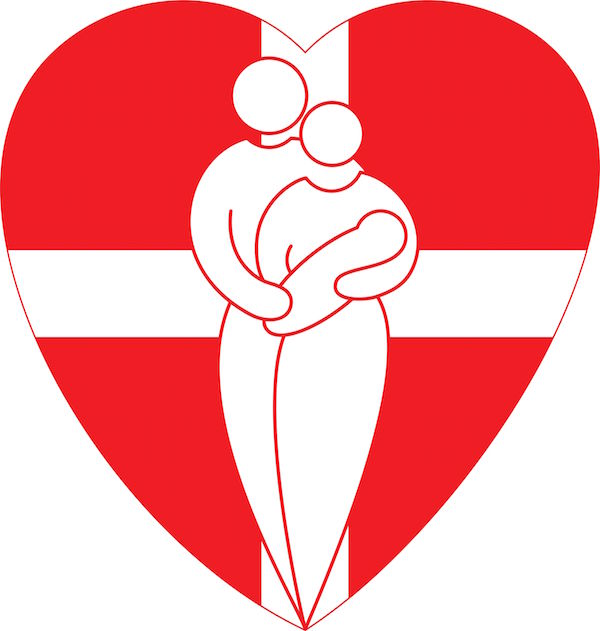TUESDAY, Nov. 9 (HealthDay News) — The more isoflavone-containing soy products a young woman eats, the lower her odds for developing invasive breast cancers, according to research slated to be presented at a meeting of the American Association of Cancer Research in Philadelphia.
That was among the good news, but other research at the meeting found that hormone replacement therapy might raise women’s odds for ovarian cancer.
The soy study looked specifically at isoflavones, organic compounds found in certain foods. These compounds contain antioxidants that are thought to be protective against breast cancer.
The study included 683 women with breast cancer and 611 women without the disease. It found that participants who consumed the most isoflavones had a 30 percent lower risk of developing an invasive tumor.
Examining the data more closely, researchers found that among premenopausal women, those who consumed the most isoflavones had a 30 percent decreased risk of early, stage I disease, a 70 percent decreased risk of having a tumor larger than 2 centimeters, and a 60 percent decreased risk of having stage 2 breast cancer. These connections were not seen among postmenopausal women, the researchers reported.
“Eating isoflavones seems to be associated mainly with breast cancer characteristics that are more treatable and less severe than other types,” said study lead author Anne Weaver, a graduate student at the University at Buffalo and a research apprentice with Roswell Park Cancer Institute in Buffalo. She and the other researchers noted that the findings were not definitive and needed to be confirmed through further research.
“The biggest source of isoflavones are soy and soy products but they’re also found in beans, cooked cereal, potato chips, coffee, cookies and cake,” Weaver said. She cautioned that the overall intake of soy in the study was low — in fact, 75 percent of participants reported never eating soy at all.
The hormone replacement therapy study aimed to see if different types of treatment (estrogen alone or estrogen-plus-progestin), the form of treatment (pill, patch, cream), or whether or not it was taken sequentially or continuously affected ovarian cancer risk.
During the 1990s, hormone replacement therapy was widely used by women to help control menopausal symptoms. However, data from the Women’s Health Initiative study in 2002 suggested that the treatment raised risks for cardiovascular events and breast cancer, and rates of use fell precipitously.
In the new study, the authors examined data on almost 127,000 postmenopausal women in 10 European countries.
“Current use of hormone therapy was associated with a small but significant increased risk of ovarian cancer [29 percent compared to women who had never used hormone therapy] but there was no association for former use,” said study lead author Konstantinos Tsilidis, a postdoctoral fellow in the Cancer Epidemiology Unit at the University of Oxford.
The longer a woman used the therapy, the higher the risk, although the only significant risk was seen among women who used hormone therapy for over five years. There seemed to be no difference in risk between type of therapy, by regimen or route of administration.
A third study presented at the conference found a heavy burden of side effects — including hot flashes, sleep aberrations, hair loss and leg cramps — in women taking aromatase inhibitor medications to treat their breast cancer.
“Aromatase inhibitors are associated with the new onset of a number of symptoms that occur much more frequently in women with breast cancer compared to women of the same age without cancer,” said study lead author Lisa Gallicchio, an epidemiologist with the Prevention and Research Center at Mercy Medical Center in Baltimore. “These symptoms may affect quality of life and medication adherence which is crucial in reducing breast cancer recurrence and breast cancer-related mortality.”
A previous study found that only 49 percent of patients took aromatase inhibitors “at the full duration at the optimal schedule,” Gallicchio said. “That means 51 percent did not.”
The current research was partially funded by pharmaceutical company Astra Zeneca.
A final study, this time by researchers at Yale University, found that exercising for at least 150 minutes a week reduces the odds of developing endometrial cancer by 34 percent.
The benefit was greater for slim women, who had a 73 percent reduced risk compared with heavy, sedentary women. But even overweight and obese women who exercised had a 52 percent reduced risk compared to their counterparts who didn’t exercise.
More information
The U.S. National Cancer Institute has more on breast cancer.

